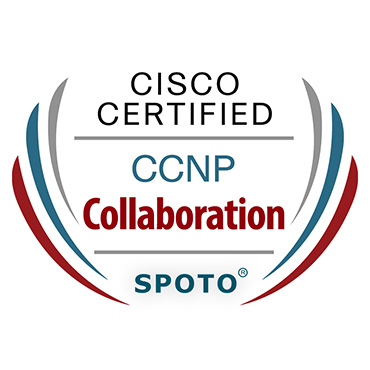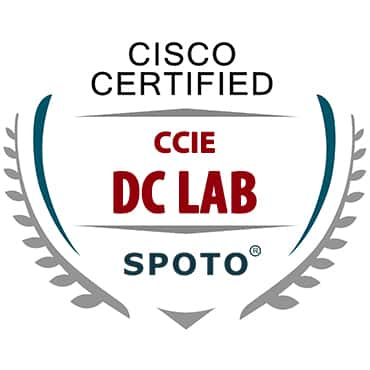The Cisco Application Policy Infrastructure Controller, otherwise known as Cisco APIC, is considered the primary architectural component of the Cisco ACI solution. It would be the unified point of automation and management for the Cisco ACI fabric, policy enforcement, as well as health monitoring. The Controller would optimize the performance as well as manage and operate a scalable multitenant Cisco ACI fabric.
Industry shifts would redefine IT at every level, creating a requirement for application agility to enable businesses to address changes quickly, which is why we should have Cisco APIC. Traditional methods would be utilizing a siloed operational stance, with no standard operational model for applications, security, networks, and cloud teams. A standard operational model would be offering simpler operations, better scalability, and performance.
For addressing these needs, Cisco would be introducing its Application Centric Infrastructure (ACI). It would be residing in the data center and would be built with centralized automation and policy-driven application profiles. Cisco positions ACI as offering the flexibility of software along with the scalability of hardware performance.
Along with the Cisco Nexus 9000 Series Switches as well as the Cisco AVS (Application Virtual Switch), a significant component of Cisco ACI is considered to be the Cisco APIC (Application Policy Infrastructure Controller). APIC is believed to be the single point of management and automation in both physical as well as virtual environments, allowing operators to build fully automated and multitenant networks with scalability.
Read More: Free Download PMI ACP Exam Demo at SPOTO(Update Questions )
The primary function of Cisco APIC would be to offer policy authority and resolution methods for the Cisco ACI, and devices which would be attached to Cisco ACI. Let’s discuss the features and capabilities of APIC; you should check out the training courses offered at the SPOTO Club, to enhance your chances of achieving it.
Features and Capabilities
· Centralized application-level policy engine for virtual, physical, and cloud infrastructures.
· Detailed telemetry, visibility, and health scores by application and by the tenant.
· Designed around open APIs and open standards.
· Robust implementation of quality of service (QoS), multitenant security, and high availability.
· Integration with management systems like Microsoft, VMware, and OpenStack
· Cloud APIC appliance for the deployments of Cisco Cloud ACI public cloud environments
Designed for programmability, automation, and centralized management, the Cisco APIC would be itself exposing northbound APIs through JSON and XML. It would be providing a CLI (command-line interface) and GUI, which would utilize the APIs for managing the fabric holistically.
The Cisco APIC utilizes Cisco OpFlex, a southbound protocol in software-defined networking (SDN), for enabling policies to be applied across virtual and physical switches.
The OpFlex approach would be differing from the OpenFlow communications protocol, which would be one of the first and most widely deployed SDN standards, in that it would be focusing mainly on guaranteeing consistent policy enforcement across the underlying infrastructure.
While OpFlex would be centralizing policies, OpenFlow would be looking forward to concentrating all functions on the SDN Controller. The creators of OpFlex would believe this shift would permit the Controller to offer higher availability, resiliency, and scalability, by moving some of the intelligence to hardware devices, utilizing established network protocols.
With the Cisco APIC, northbound APIs would be allowing for swift integration with existing management as well as orchestration frameworks. It would also be compatible with OpenStack, which would be developing an open cloud operating system for controlling the computing, storage, and networking resources across the organization.
It would be providing consistency across virtual, physical, and cloud environments when utilizing the Cisco ACI policy. Southbound APIs would be enabling users to extend the Cisco ACI policies to existing virtualization and Layer 4-7 services, as well as networking components.













Comments